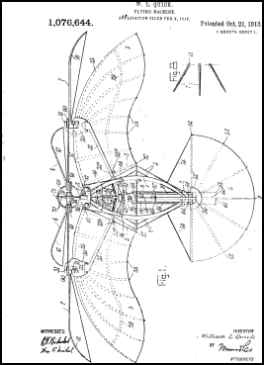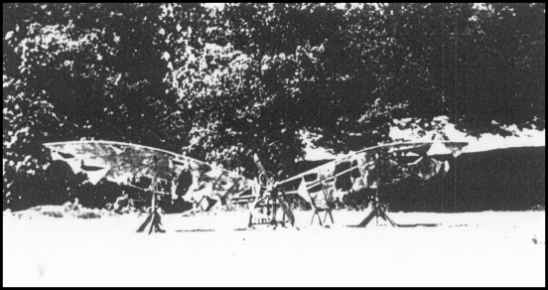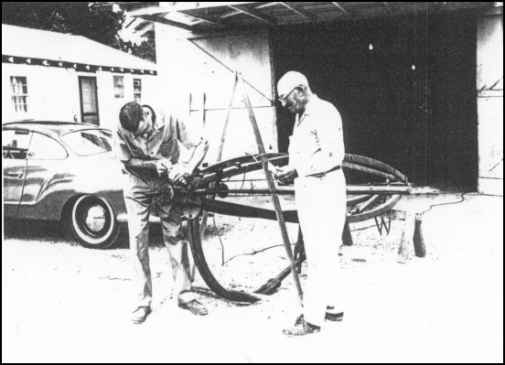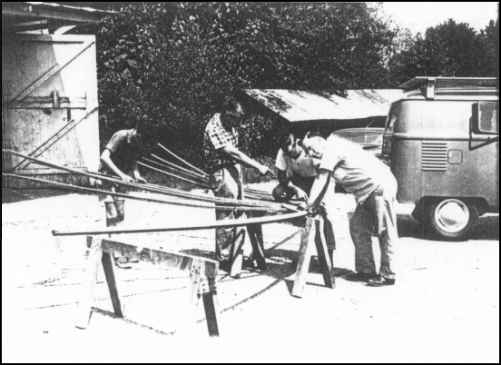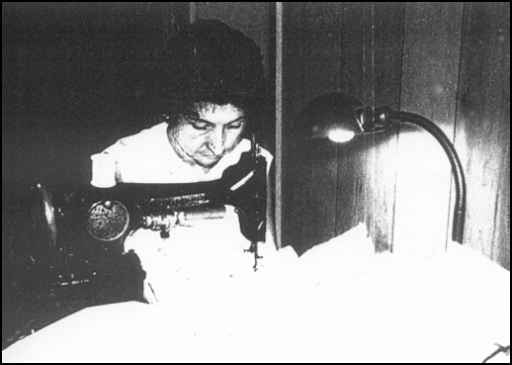| |
July 10, 1965 and some 360 man hours latere the airplane was placed on exhibit at the
Fayetteville Tennessee Airport. Some 4,000 persons viewed the machine at a one day fly-in.
The craft was returned to the Quick farm and the wing panels were taken to the work
shop of Rob Maulsby. The left wing panel was covered.
The airplane was shown at an EAA Chapter Fly-in at Decatur, Alabama Airport June 24,
25, and 26, 1966. Approximately 18,000 persons saw the plane during the aviatino meet.
The work site was moved to the Huntsville Airport where restoration continued under
the direction of Guenther Schmidt. The right wing panel was stripped and recovered. A new set of wire wheels was
installed. Mr. Schmidt acquired and donated a 1908 Model R Ford engine which has been installed along with a fuel tank
and radiator. At this writing, the aircraft is about 95% completed.
Text and photographs courtesy of Chester Klier, 2-15-04 |
|
